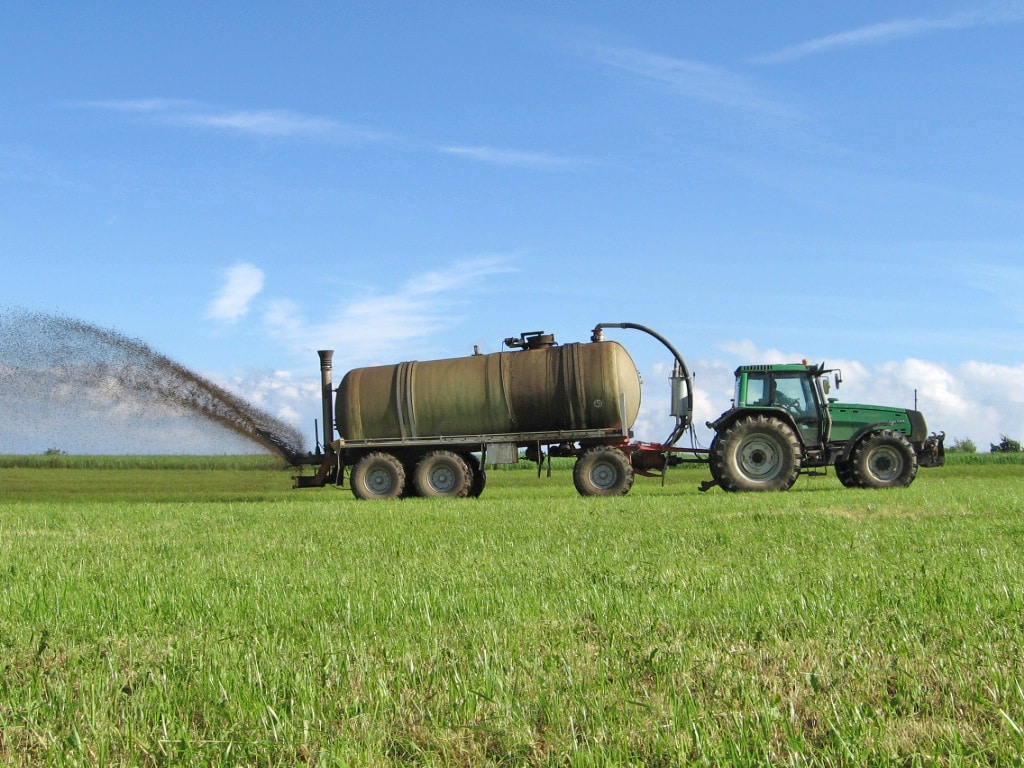Influence of different land use intensities and plant diversity patterns on microbial ammonium turnover in grassland ecosystems
The UN Millennium Report identifies nitrogen as one of the key elements in sustainable land management. In the last 50 years, the input of nitrogen into our soils, mainly from agriculture, has doubled; in addition to the well-known eutrophication problems, this has led, among other things, to a significant loss of faunistic and floristic diversity in terrestrial ecosystems. To what extent microbial populations have also changed due to the increased nitrogen input into the soil and whether other ecosystem functions of soils are also influenced by this is not yet known.

1. Land use and biodiversity clusters influence microbial transformation processes in the soil.
2. All study sites in the exploratories have reached an ecological climax stage; therefore, an optimal microbial biocoenosis has developed at each individual site.
3. Although the composition of the microbial community in the rhizosphere of different grasses is very similar, the expression patterns of functional genes of bacteria, fungi and archaea differ significantly.
The aim of this project is therefore to investigate how microbial populations that catalyse nitrogen conversion in the soil have adapted to the respective quantity and quality of nitrogen applied. The aim is to clarify to what extent only changed expression patterns occur in the respective soils or whether entire population structures have changed. Furthermore, competition domains between different biota for nitrogen (especially between microorganisms and plants) are to be investigated more closely. In the long term, we also want to clarify how corresponding populations react to disturbances of the system (e.g. prolonged drought, heavy rainfall, etc.). We postulate that population structures have developed on the extensively managed areas that are better able to react to corresponding disturbances.









